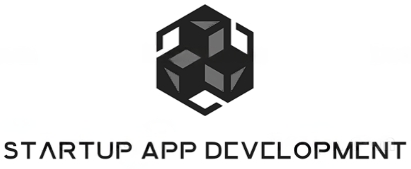Starting an app journey can be thrilling but figuring out how to make it cost-effective might seem daunting. Let’s explore some tangible strategies to help startups navigate app development without breaking the bank.
Understand Your App’s Core Features
Start by having a clear understanding of what your app needs to achieve. Focus on the essential features that align with your business goals. Avoid getting lured into adding unnecessary features that can inflate costs.
Begin by crafting a list of must-have features versus nice-to-have ones. This prioritization helps streamline the development process. When startups focus on providing real value through core functionalities, it becomes easier to maintain a budget and time line.
Many startups fall into the trap of feature creep, which can lead to skyrocketing costs. It’s crucial to resist this temptation by maintaining a laser focus on features that enhance user experience and solve immediate problems.
Choose the Right Development Approach
Consider whether a native, hybrid, or web app is best for your startup. Each option varies in cost, complexity, and user experience, so choose the one that best fits your goals and budget.
Each development path offers distinct advantages. For instance, native apps provide superior performance and access to device features, but they are costlier. Hybrid apps offer a balance between performance and budget, allowing for compatibility across devices Advantages of Hybrid Apps.
Leverage Pre-Built Solutions
Utilize existing tools, frameworks, and platforms that can help you build your app. These solutions can significantly cut down on development time and costs.
Pre-built solutions aren’t just time-savers; they’re budget-friendly too. By adopting open-source frameworks or platform-as-a-service (PaaS) options, startups can slash expenses and speed up development while maintaining flexibility Efficient Mobile Development.
Explore tools like Flutter or React Native to create cross-platform apps without doubling the workload. These frameworks enable you to develop a single code base, which runs efficiently across multiple platforms.
Outsource Wisely
Consider outsourcing parts of your development to regions where skilled labor is less costly. Make sure to vet your outsourcing partners carefully to ensure you receive quality work.
Opt for a collaborative outsourcing approach by finding partners who align with your vision. This alignment can ensure smooth communication and a unified approach to developing your app without significant hiccups. Effective Collaboration
Using platforms like Upwork or Toptal can connect you with talented developers worldwide, but make sure to check their credentials, seek testimonials, and prioritize those with proven track records in your industry.
Implement Agile Development Practices
Adopt agile methodologies to allow for flexibility and iterative progress in development. This approach can enhance efficiency and help identify cost-saving opportunities early in the process.
Agile emphasizes teamwork, customer feedback, and quick releases. By breaking projects into smaller, more workable sprints, startups can adapt to changes swiftly without bloating costs Agility in Development.
An agile approach ensures your startup can respond flexibly to user feedback and market demands, which is essential for staying competitive while keeping your development costs in check.
Cost-Effective App Development: The Smart Path for Startups
By embracing these strategies, startups can effectively manage their app development costs while still delivering a high-quality product. The key is thoughtful planning, leveraging available resources wisely, and being adaptable to change.


